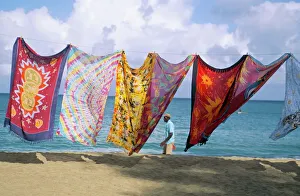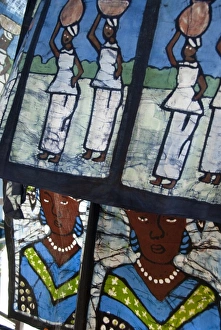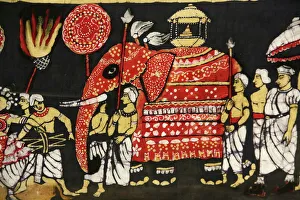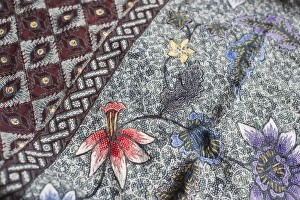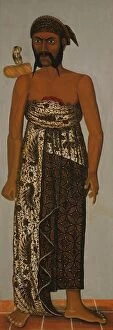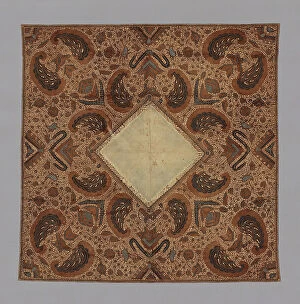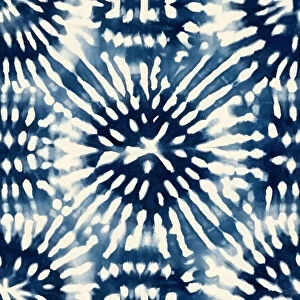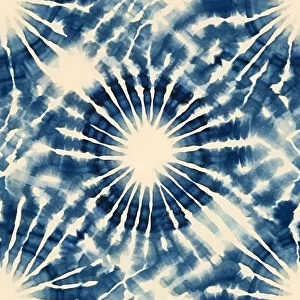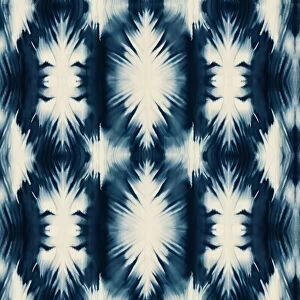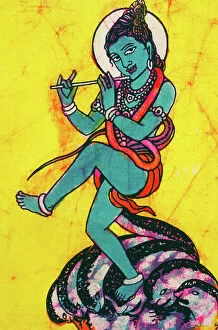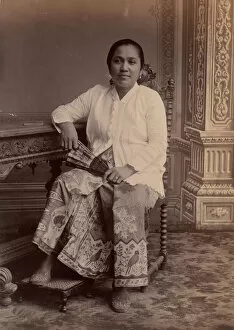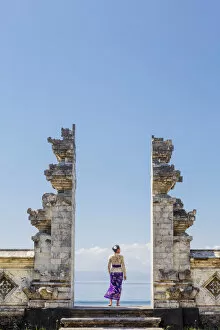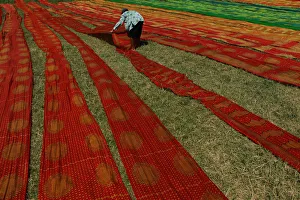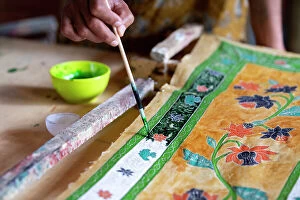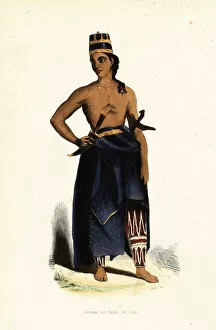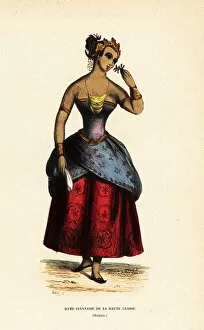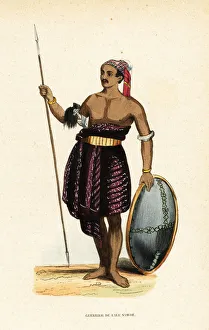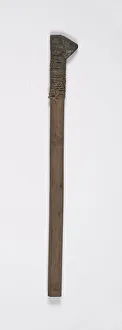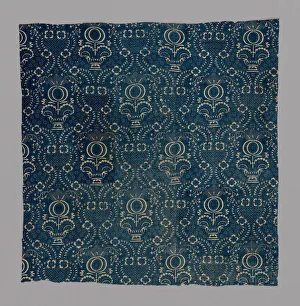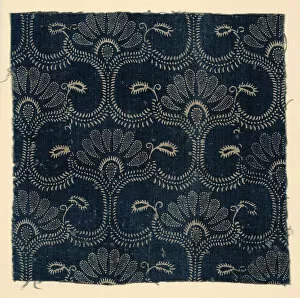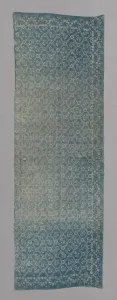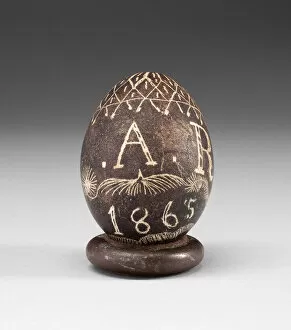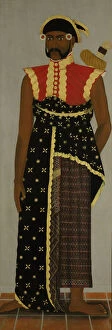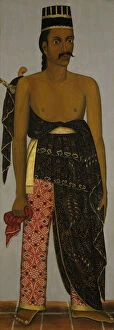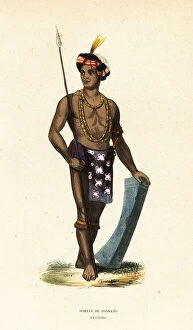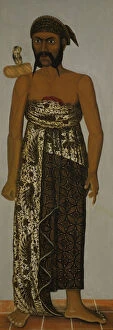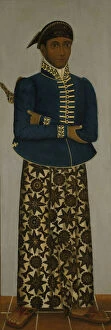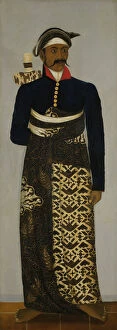Batik Collection
Batik, a traditional textile art form, has deep roots in Africa and Southeast Asia
All Professionally Made to Order for Quick Shipping
Batik, a traditional textile art form, has deep roots in Africa and Southeast Asia. In the capital city of Banjul in Gambia, local batik workshops showcase their craftsmanship with stunning elephant-themed textiles. The vibrant colors and intricate patterns tell stories of African heritage. Moving to Java, Indonesia, Pekalongan is renowned for its exquisite Javanese sarongs adorned with mesmerizing wax resist floral patterns. This ancient technique requires great skill and precision, resulting in breathtaking cloth prints that reflect the rich cultural heritage of the region. Delving into history, we catch a glimpse of court life during the 19th century through captivating portraits. Five Javanese court officials stand tall in their regal attire while an enigmatic Batavian Woman from the same era captivates us with her mysterious allure. Batik's influence transcends time as we fast forward to 1965 when Ricki Reed dresses and Ascher silk outfits showcased this timeless artistry on international runways. The fusion of contemporary fashion with traditional techniques created a harmonious blend that captured hearts worldwide. In Bali's Candidasa village, a young woman stands gracefully at the entrance to Pura temple donning batik garments—a symbol of spiritual connection and cultural pride. Meanwhile, in Solo, another Indonesian city known for its batik production, workers lay out freshly dyed fabrics on grassy fields under the sun's warm embrace. Throughout history and across continents like Africa and Southeast Asia, it has been worn by people from all walks of life—whether it be nobles or commoners alike. Its versatility knows no bounds as it adorns both court dress worn by distinguished Javanese men and noble women who exude gracefulness wherever they go. Batiks on line on the beach create a picturesque scene where nature meets artistry—an embodiment of creativity merging seamlessly with natural beauty.

